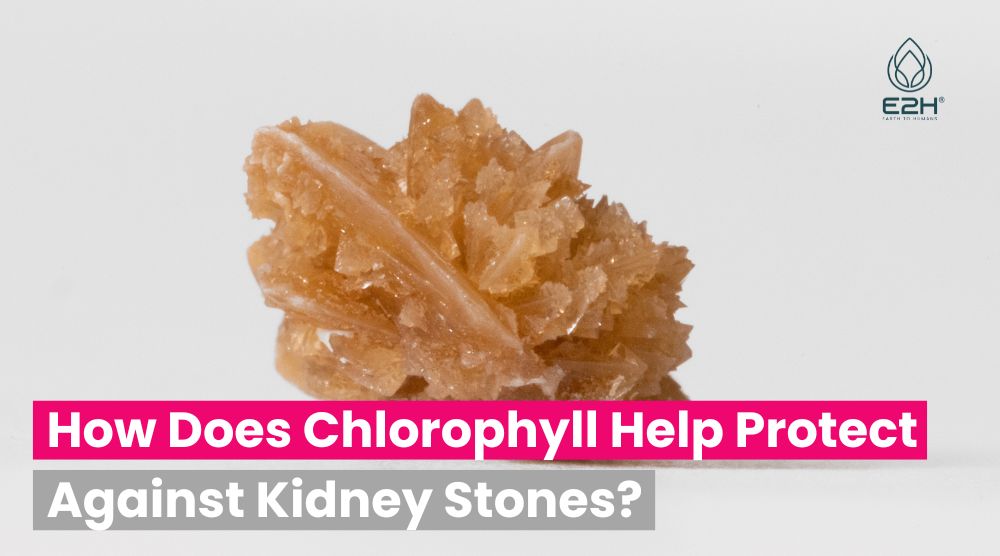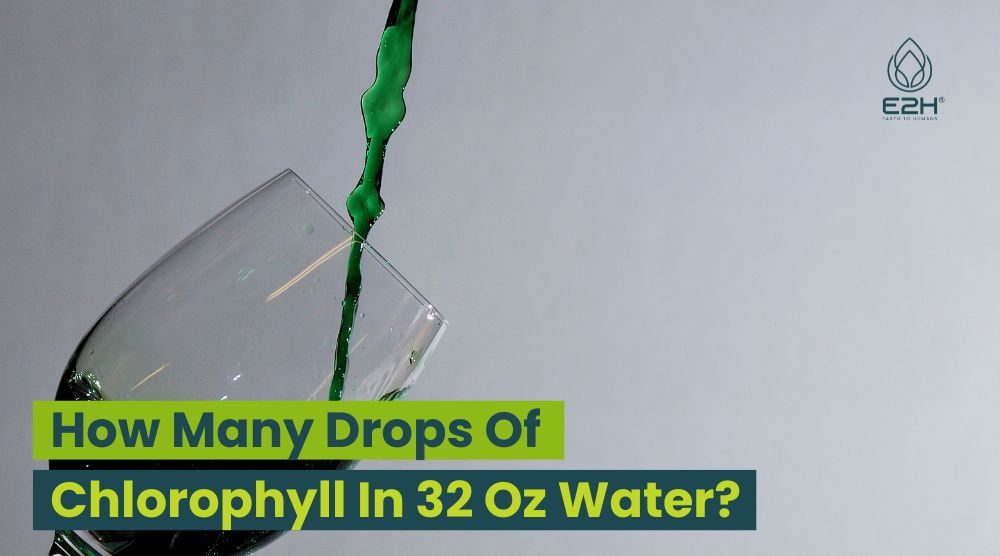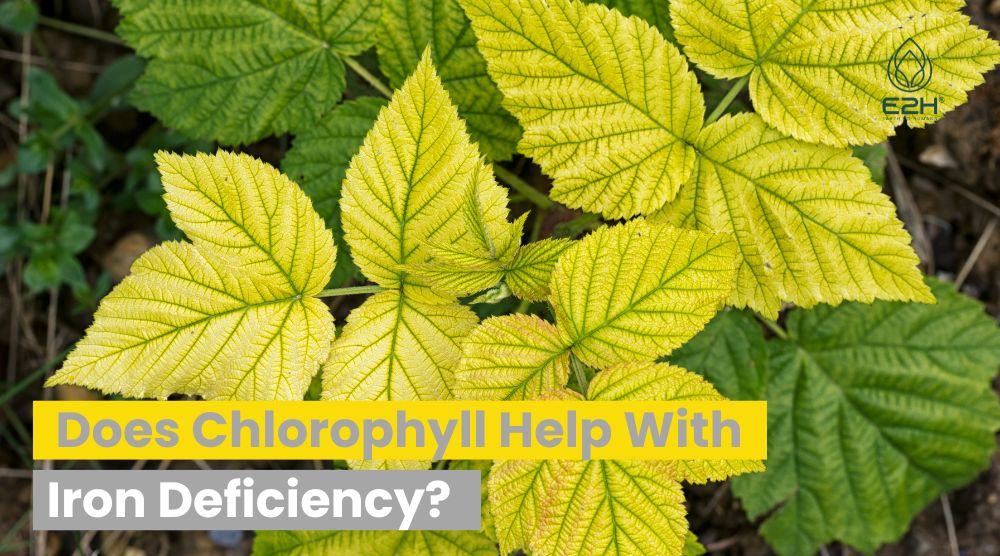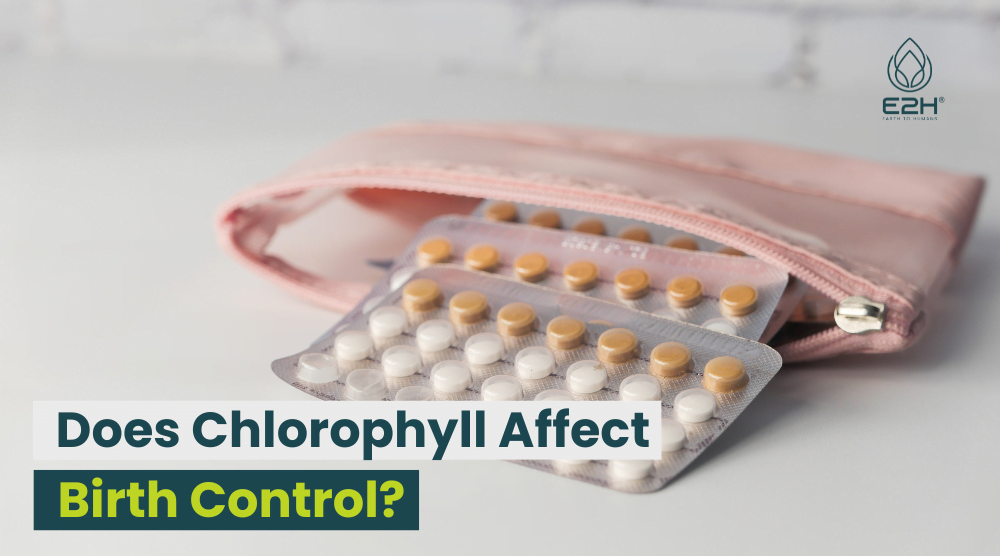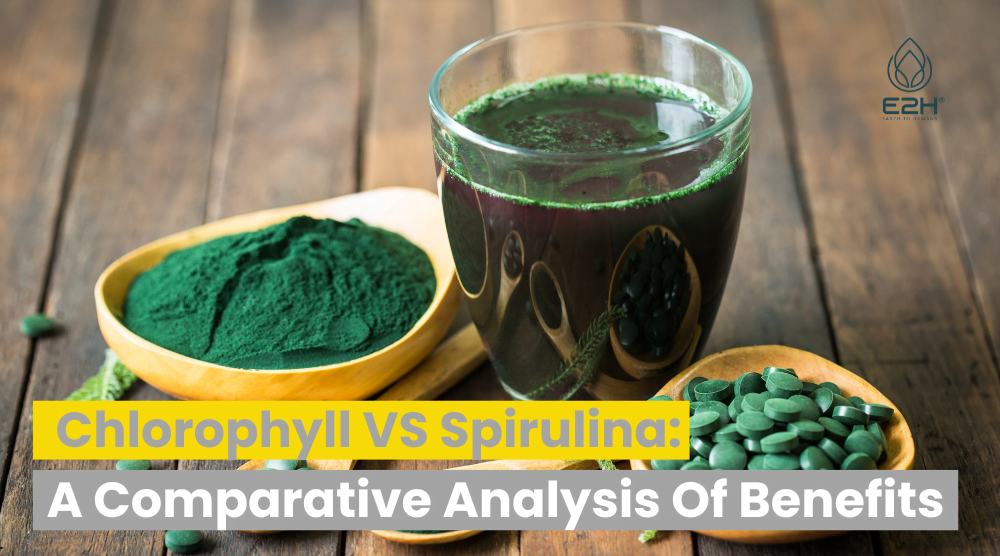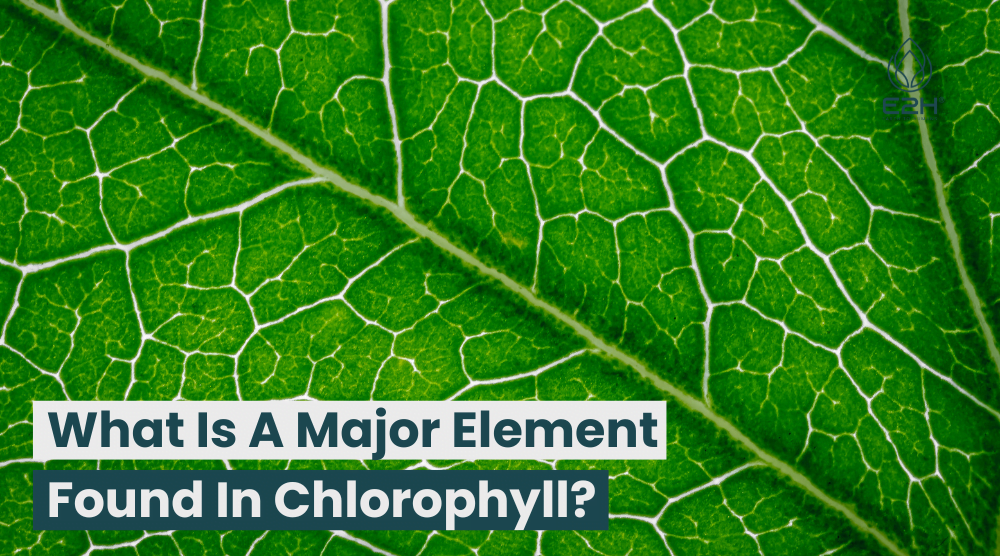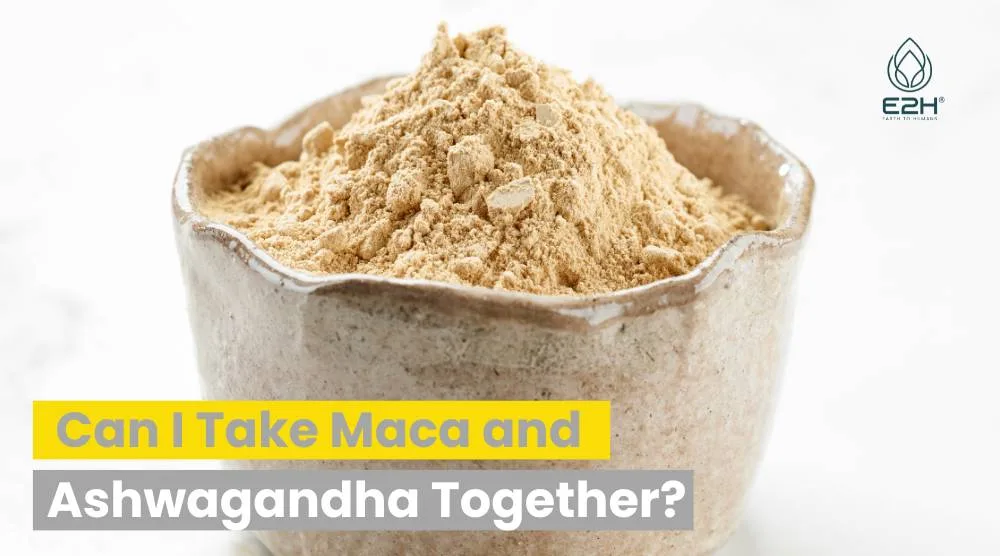Chlorophyll has been shown to inhibit the formation of calcium oxalate crystals, the most common type of kidney stone. Its potent antioxidant and anti-inflammatory properties may also help prevent the development of kidney stones.
What is chlorophyll?
Chlorophyll is a green pigment found in plants and algae that plays a vital role in photosynthesis, the process by which plants convert sunlight into energy. It is structurally similar to hemoglobin, the protein in human blood that carries oxygen, and has been studied for its potential health benefits.
What are kidney stones, and what causes them?
Kidney stones are hard, mineral deposits that form in the kidneys and can cause severe pain and discomfort. They are typically composed of calcium oxalate, but may also contain other substances like uric acid or struvite. Dehydration, diet high in oxalates, and certain medical conditions can contribute to their formation.
How does chlorophyll help protect against kidney stones?
Chlorophyll has been shown to possess certain antioxidant properties that may help protect human blood against kidney stone formation. One of the most significant ways in which it may do so is by inhibiting the formation of calcium oxalate crystals, the most common type of kidney stone. Calcium oxalate crystals are formed when calcium and oxalate bind together in the urine, and their accumulation can lead to the development of kidney stones.
Chlorophyll has been found to bind with calcium in the gut, preventing its absorption and reducing the amount of calcium available to form crystals in the urine. Additionally, it has been shown to bind with oxalate in the urine, preventing its crystallization and subsequent formation of calcium oxalate stones.
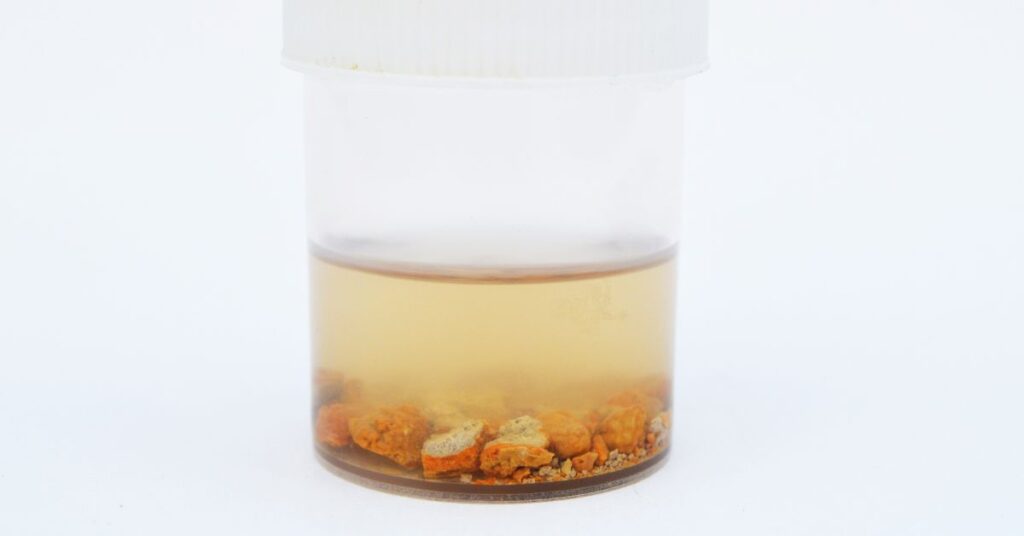
Furthermore, chlorophyll’s antioxidant and anti-inflammatory properties may also help prevent the development of kidney stones. Oxidative stress and inflammation are both believed to play a role in kidney stone formation, and chlorophyll has been shown to reduce oxidative stress and inflammation in the body.
While more research is needed to fully show health benefits and understand the mechanisms by which chlorophyll may protect against kidney stones, its potential as a natural preventive measure is promising. Incorporating chlorophyll-rich foods into the diet, such as leafy green vegetables and herbs, may help reduce the risk of kidney stone formation and promote overall health.
What are the mechanisms behind chlorophyll’s benefits?
Chlorophyll’s potential health benefits are thought to stem from its ability to bind with certain substances in the body and its antioxidant and anti-inflammatory properties. Specifically, chlorophyll has been found to bind with calcium in the gut, reducing its absorption and availability to form calcium oxalate crystals in the urine, which are a common cause of kidney stones.
It has also been shown that chlorophyll antioxidant activity helps it to bind with oxalate in the urine, preventing its crystallization and subsequent formation of stones. Additionally, chlorophyll’s own antioxidant activity and anti-inflammatory properties may help prevent the development of kidney stones and promote overall health.
Is chlorophyll good for kidneys?
Chlorophyll may be beneficial for kidney and health benefits due to its potential to inhibit the formation of kidney stones. It has been shown to bind with calcium and oxalate, reducing their availability to form calcium oxalate crystals in the urine, which are a common cause of kidney stones. Additionally, chlorophyll’s own antioxidant activity and anti-inflammatory properties may also help prevent the development of kidney stones and promote overall kidney and health benefits. However, more research is needed to fully understand the extent of chlorophyll’s health benefits even for kidney and health benefits.
Can chlorophyll supplements be used as a standalone treatment for cancer?
While there is some evidence to suggest that chlorophyll may have anti-cancer and antioxidant properties, it is not currently recommended as a standalone treatment for cancer. While studies have shown that chlorophyll can inhibit the growth of certain cancer cells in vitro and in animal models prevent cancer, more research is needed to determine the efficacy and safety of chlorophyll supplementation for cancer prevention or treatment in humans.
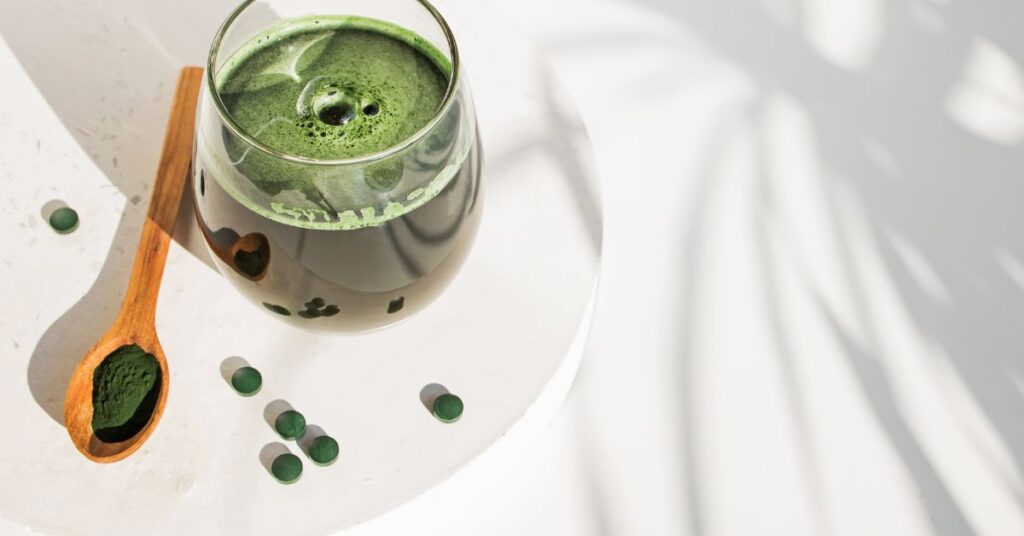
Cancer is a complex disease that requires a comprehensive approach to treatment, and patients should always consult with a healthcare professional to determine the most appropriate course of treatment for their specific needs.
What is the best supplement to prevent kidney stones?
There are several supplements that may help prevent kidney stones, including magnesium, potassium citrate, and vitamin B6. Magnesium has been shown to reduce the formation of calcium oxalate stones, while potassium citrate can help reduce the acidity of urine, making it less likely for stones to form.
Vitamin B6 has also been found to reduce the formation of certain types of stones. However, it’s important to speak with a healthcare provider before starting any new supplement regimen, as certain supplements may interact with medications or have other side effects. Dietary changes such dietary supplements such as increasing water intake and reducing consumption of high oxalate foods may also help prevent kidney stone formation.
What plant removes kidney stones?
There are several plants that have traditionally been used for their potential ability to prevent and/or dissolve kidney stones, including Chanca piedra (Phyllanthus niruri), Nettle leaf (Urtica dioica), and Horsetail (Equisetum arvense). These plants contain compounds that may inhibit the formation of stones or help break them down, making them easier to pass. However, more research is needed to fully understand the effectiveness and safety of these plants for treating kidney stones. It’s important to speak with a healthcare provider before using any herbal remedies for kidney stones.
Is chlorophyll good for the liver?
There is some evidence to suggest that chlorophyll may have beneficial effects on liver health. Chlorophyll has been shown to possess antioxidant and anti-inflammatory properties, which can help protect liver cells from damage caused by toxins and free radicals.
Additionally, chlorophyll has been found to increase the production of bile, a substance produced by the liver that aids in digestion processed foods and the elimination of waste products from human blood and red blood cells. However, more research is needed to fully understand the extent of chlorophyll’s health benefits, for liver health, and whether it can help prevent cancer or treat liver diseases.
What are the specific vitamins found in chlorophyll and what are their benefits?
Chlorophyll contains several important vitamins, including vitamin A, vitamin C, vitamin E, and vitamin K. Vitamin A is important for maintaining healthy skin, vision, and immune function. Vitamin C is a powerful antioxidant that helps support immune function and protects against oxidative stress. Vitamin E also has antioxidant properties and may help reduce the risk of chronic diseases.
Vitamin K is important for blood clotting and bone health. Additionally essential vitamins, a chlorophyll supplement contains other beneficial nutrients such as magnesium, potassium, and iron. However, it’s important to note that the amount of essential vitamins, and minerals in chlorophyll supplements may vary depending on the source and processing method of natural supplements.
What is the relationship between chlorophyll and red blood cells, and how does it help fight anemia?
Chlorophyll has been found to have a similar molecular structure to heme, which is a component of hemoglobin, the protein responsible for transporting oxygen in red blood cells. Studies suggest that consuming chlorophyll-rich foods or supplements may help increase the production of hemoglobin and red blood cells, potentially aiding in the treatment of anemia.
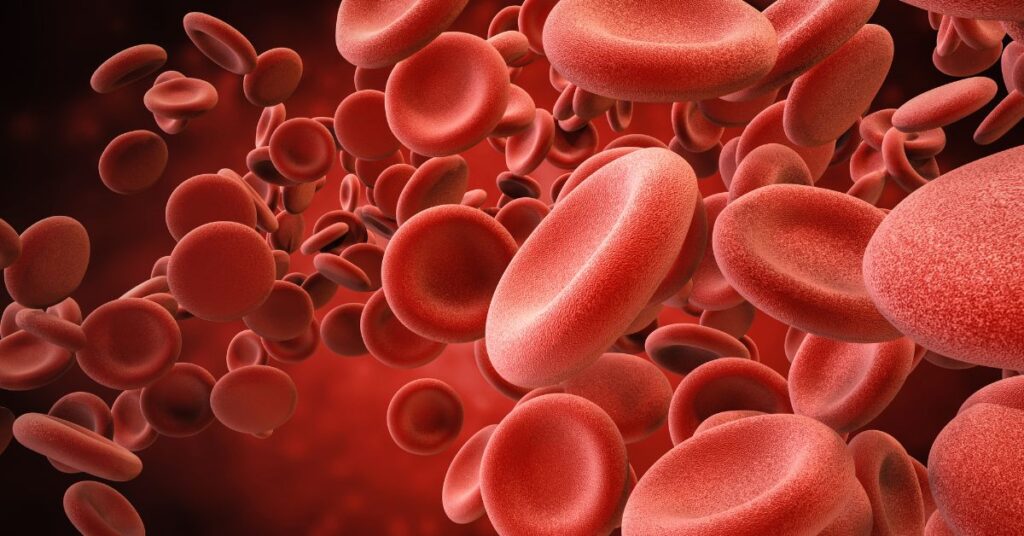
Chlorophyll also contains iron, an essential mineral for the red blood cells and cell production. Additionally, the antioxidant and anti-inflammatory properties of chlorophyll may help the red blood cells and protect the red blood cells from the blood pressure and against oxidative stress and inflammation, which can empty red blood cells and contribute to anemia of red blood cells. However, more research is needed to fully understand the relationship between chlorophyll, red blood cells and anemia.
How to Take Chlorophyll Supplements?
Chlorophyll supplements are available in various forms, including liquid drops, capsules, and tablets. The dosage and recommended method of consumption may vary depending on the product and the individual’s specific needs. It’s important to follow the instructions on the product label and consult with a healthcare professional before starting any new supplement regimen.
Some common methods of taking liquid chlorophyll and supplements include adding liquid chlorophyll drops to water or juice, taking capsules or tablets with meals, or mixing powder supplements into smoothies or other foods. It’s also important to store liquid chlorophyll and supplements in a cool, dry place and avoid exposure to light, as liquid chlorophyll can be sensitive to light energy due to oxidation.
How Long Does it Take for Chlorophyll to Work in the Body Once Consumed?
The time it takes for chlorophyll to work in the body can vary depending on a range of factors, including the form of chlorophyll consumed, the individual’s metabolism and overall health, and the specific health condition being addressed.
Some people may notice the effects of chlorophyll supplementation within a few hours, while others may take longer to see results. It’s important to remember that chlorophyll molecule supplements are not a quick fix for health issues and should be used as part of a holistic approach to health and wellness, which includes a balanced diet, regular exercise, and other healthy lifestyle habits.
Can plants and phytoconstituents prevent kidney stones?
Yes, certain plants and phytoconstituents have been shown to help prevent the formation of kidney stones. For example, compounds found in cranberries, citrus fruits, and green tea have been found to reduce the risk of developing kidney stones by inhibiting the formation and growth of crystals in the urinary tract. Other plants, such as nettle leaf and dandelion root, may also help prevent kidney stones by supporting kidney function and promoting urine flow.
Tablet VS Liquid Chlorophyll Benefits:
Both tablet and liquid forms of chlorophyll offer similar health benefits. Tablets are convenient to take and can be easily incorporated into a daily supplement regimen, while liquid chlorophyll is often used as a natural food coloring or added to beverages for a refreshing and nutritious drink.
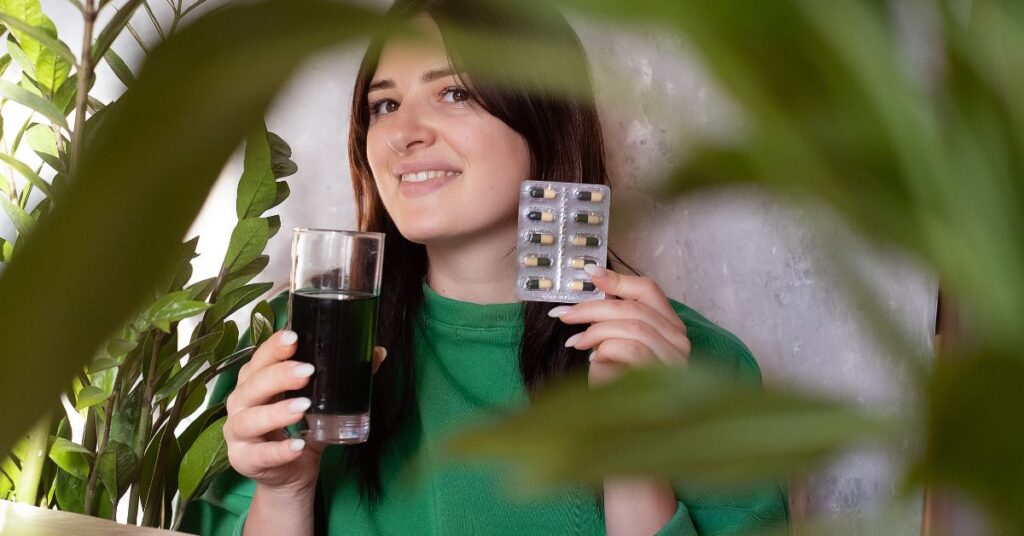
Liquid chlorophyll may also have some advantages over tablets, as it can be absorbed more quickly by the body and may be more readily available in its active form. However, it’s important to choose high-quality liquid chlorophyll supplements and follow recommended dosages to ensure safety and effectiveness.
What are some examples of common chlorophyll rich foods?
Some common chlorophyll-rich foods include leafy greens such green vegetables such green veggies as spinach, kale, and collard greens, as well as herbs like parsley, cilantro, and basil. Other other green plants and vegetables, such green vegetables as broccoli, Brussels sprouts, and asparagus also contain high levels of chlorophyll. Chlorophyll is also found in some fruits like green apples and green fruit from kiwi. Incorporating a variety of these foods into your diet can provide numerous health benefits.
What is the diet plan for kidney stones?
FAQs
Are there any side effects of taking chlorophyll supplements?
Chlorophyll supplements are generally considered safe, with few reported side effects. However, some people may experience digestive upset or allergic reactions. It is always recommended to consult with a healthcare professional before taking any new supplement.
Can chlorophyll be obtained from food sources?
Yes, chlorophyll is found in many green vegetables, including spinach, kale, and broccoli. Eating a diet rich in these green foods may provide the health benefits of chlorophyll, without the need for supplementation.
How are calcium oxalate kidney stones diagnosed?
Diagnosis of it is typically done through imaging tests such as X-rays, CT scans, and ultrasounds.
What is inducible nitric oxide synthase (iNOS)?
Inducible nitric oxide synthase (iNOS) is an enzyme that produces nitric oxide in response to specific stimuli such as inflammation or infection.
What are the risk factors for developing uric acid stones?
Risk factors for uric acid stone include a high-purine diet, obesity, metabolic syndrome, gout, and certain medications.
Conclusion
Kidney stones are a common and painful condition that can be prevented through various lifestyle changes, including staying hydrated and maintaining a healthy diet. Recent studies have suggested that chlorophyll, the green pigment found in plants, may also play a role in protecting against kidney stones by reducing the formation of calcium oxalate crystals.
While more research is needed to determine the optimal dosage and duration of supplementation, eating a diet rich in chlorophyll-containing foods, such as spinach and kale, may provide similar benefits. As always, it is recommended to consult with a healthcare professional before taking any new supplement.
